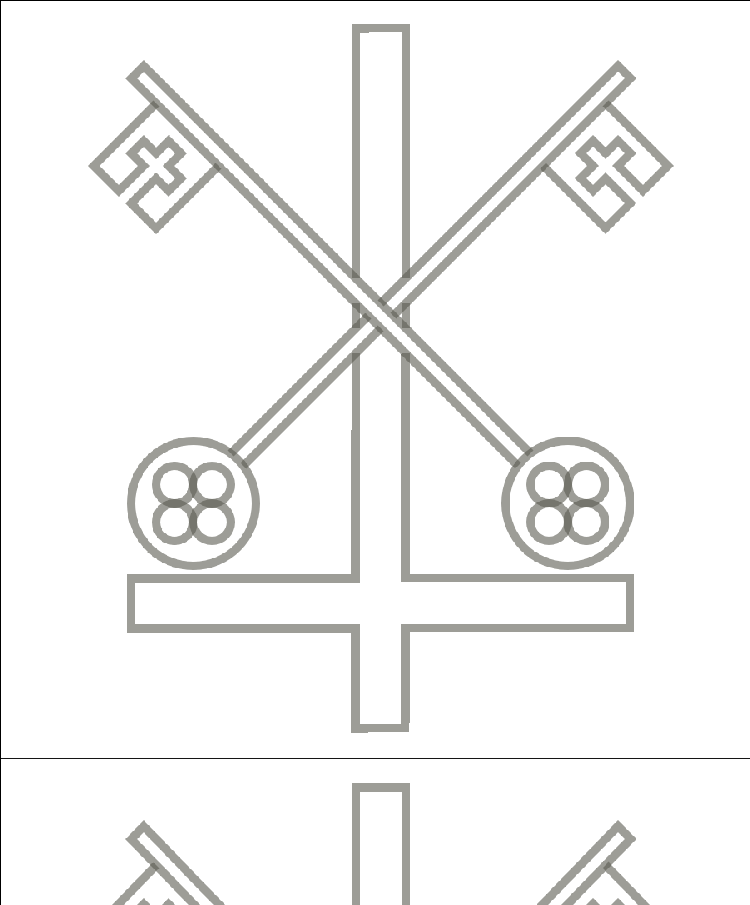



Edensor
Visitors are welcome to the village of Edensor, but requested to please park sensitively and respect the needs of residents.
The Saxon name for the village of Edensor (pronounced 'Enza') was Edensoure, and it is recorded in the Domesday book. Up until the time of the 4th Duke of Devonshire (1720 - 1764), it straggled across towards the river Derwent in front of Chatsworth, skirting the hill opposite the village known as 'The Crobbs'. When the 4th Duke began the landscaping of the Park with Capability Brown, he decided that Chatsworth should be approached from the west, and so his old stables were interfering with the view were pulled down, as were those cottages of Edensor that were visible from the House.
Seventy years later, the 6th Duke of Devonshire (1790 - 1858) and Joseph Paxton completed the village that we have today, by the improvement of some of the old buildings that were already within the village, by the building of a variety of new ones, and by the demolition of what was left! In 1838 J. Robertson was commissioned to design new cottages, and Decimus Burton designed the stable block on the north side of the village opposite the Church, now providing flats for Chatsworth staff. The entire village is occupied by Chatsworth staff, both working and retired, with the exception of a few properties that are rented. Edensor tea rooms provide light refreshments and walkers are welcome. The annual Chatsworth Horticultural Society show is on Saturday 16th August at 2pm in the Cavendish Hall Edensor, when local residents and members of St Peter's electoral roll are welcome to exhibit home grown produce, baking, crafts etc.
A Model Village
Ours is a “model village”. Most of the tenants work for the Chatsworth estate or are retired long-time employees. This makes a feeling of “family” with shared experiences over the years. With a few exceptions, the houses were built around 1839 from the illustrations of a pattern book entitled The Encyclopaedia of Cottage, Farm and Villa Architecture by John Claudius Loudon. A claim to fame is that every chimney is different.
At this time of year a walk up the road to see the gardens is a huge pleasure, because most are laid out at the front of the houses. Each one reflects the taste of the tenant and how much time he or she can (or wishes to) spend in the garden. All sorts of styles are here – one is full of flowering shrubs and climbing roses, the next has roses in box-edged beds, some manage the difficult trick of having something in flower for most months of the year, and some prefer a lawn and evergreen trees. The retired people have more time to garden and there are several outstanding plots.
The village green is surrounded by crab apple trees which have the advantage of performing twice a year with blossom and later on fruit for all who wish to take it. The weeping beech we planted many years ago on the site of the demolished school is a feature now, with its branches making green walls and a seat for picnickers.
Three ewes and their lambs from the Chatsworth flock of piebald and horned Jacob sheep trim the grass round the gravestones better than any machine could do.
Strangers are full of questions and last week someone said to me, “Are you local?” wanting to know all manner of things.
I feel very lucky to live in a village of such varied historical and present day interest.
Deborah Dowager Duchess of Devonshire 20 May 2008








